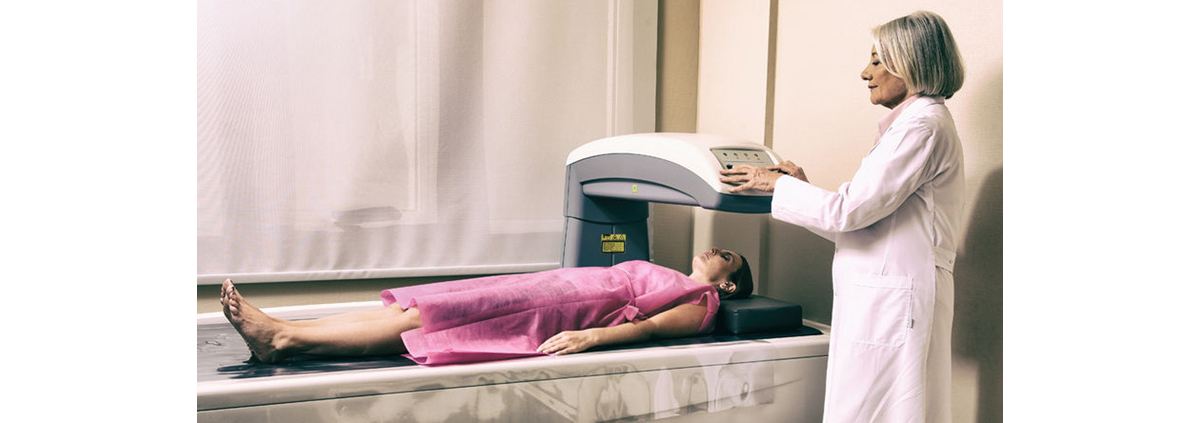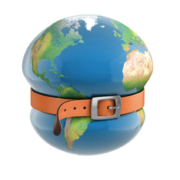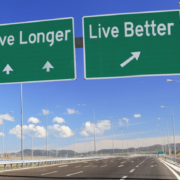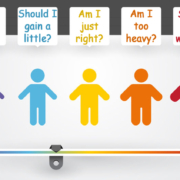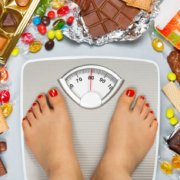Essential Tests: Bones and Body Fat
After Saturday’s Memo, the logical question is: “How do I really know if I’m overfat?” This weeks Memos are going to be about tests. No, you don’t have to study for these tests. I’m talking about medical tests to talk about with your healthcare provider.
At this point, the best way to test for body fatness is using dual-energy X-ray absorptiometry (DEXA). This process uses low-beam radiation and can identify the three main tissues that make up our body: bone mass, lean mass, and fat mass. Yes, DEXA is the same technology that’s used to determine your bone mass to test for osteopenia and osteoporosis. Instead of just doing the wrist and pelvis, the entire body is scanned to determine body composition.
If you want to know your bone health and your body composition, check out the medical services in your area. There’s one hospital that offers DEXA for both purposes in Grand Rapids. If you’re over 40, it’s a great idea to do both tests. The bone scan will most likely be covered by insurance while you may have to pay for the body composition. The cost is about $100 in this area. If you want the most accurate method for bone mass and body composition, check out the DEXA availability in your area.
The goal is to use this information to improve your health. Reducing body fat and increasing bone mass both end up using a similar strategy: Eat less. Eat better. Move more. On Thursday another simple test that’s too often ignored.
What are you prepared to do today?
Dr. Chet-

